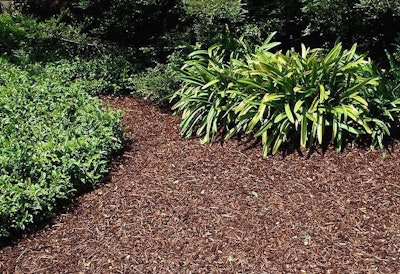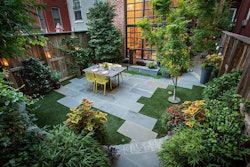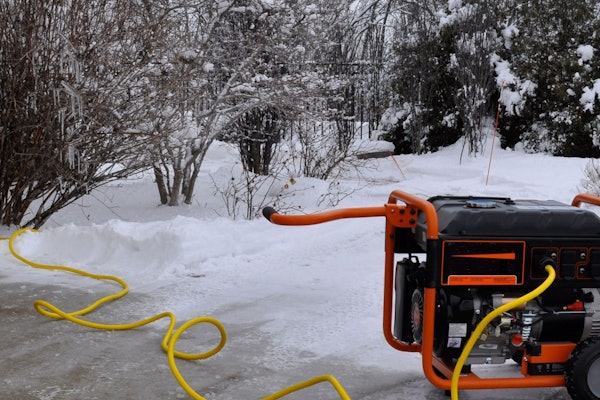 Mulch offers plenty of cosmetic benefits as well as water conservation.
Mulch offers plenty of cosmetic benefits as well as water conservation.Photo: University of California
As the growing season comes to a close, it’s a good time to remind both residential and commercial clients about ancillary services – adding mulch, for example, to flower gardens and other plantings.
Here’s some information from the Green Blog published by the University of California’s Division of Agriculture and Natural Resources that may be helpful in pitching your services to current clients and prospects:
While mulch has plenty to recommend it from an aesthetic viewpoint – after all, it gives gardens and other planting beds a finished look – that’s not the only reason to use it. A layer of mulch conserves soil moisture, moderates soil temperature and inhibits weeds.
Missy Gable, director of the UC Master Gardener Program, recommends the soil in home landscapes be covered with 2-4 inches of a fine- to medium-shred bark mulch. Be sure to remind your crews not to apply the mulch too close to the bases of plants, as that could make them susceptible to rot.
The Green Blog notes that UC master gardeners in Sonoma County have provided detailed information about various types of mulch, their benefits and drawbacks.
“For example, straw is a common, effective and inexpensive mulch,” the UC publication says. “Alfalfa hay or pellets are more expensive, but because they are rich in nitrogen, give plants a nutrient boost.”










